Fiona Wardle (@fi_tography) is a photographer and conservationist who travels the world working as an expedition photographer capturing the natural world both underwater and topside. She has a particular affinity to marine mammals and has been able to capture awe inspiring images whilst underwater, hanging out of a helicopter or from eye level on a kayak. Often working in remote and sometimes harsh conditions it’s important to Fiona that she has reliable and hardwearing gear at the ready in her camera bag. We sat down with her to learn about how she uses a pair of Sony Alpha bodies and a three-zoom lens kit for her epic expeditions.
Product Preview – In This Article You'll Find:
–Sony Alpha 9 II
–Sony Alpha 7R II
–Sony 100-400mm f/4.5-5.6 G Master
–Sony 24-70mm f/2.8 G Master
–Sony 16-35mm f/4
–Sony TOUGH SD Cards
Cameras
Sony Alpha 9 II: One of the reasons I love Sony is because they push the industry forward with new technology in every camera they produce. The advanced autofocus features on the Sony Alpha 9 II gives me the reassurance that I can nail the shot in any given situation. Along with its trusty weather sealing this make it’s the perfect camera for any wildlife photographer but especially for someone like me who is often out on the ocean, where conditions can get rather interesting!
One of my favorite features of this camera is the silent shooting that allows me to go unnoticed by the wildlife but also works great in capturing candid moments of people too! However it’s the ability to shoot 20 frames per second which really excites me. With such an impressive frame rate I was able to capture the complete sequence of a sperm whale lifting its tail before sinking below the surface for a long deep dive, allowing me to then select the most compelling frame from an action that happened in the blink of an eye.
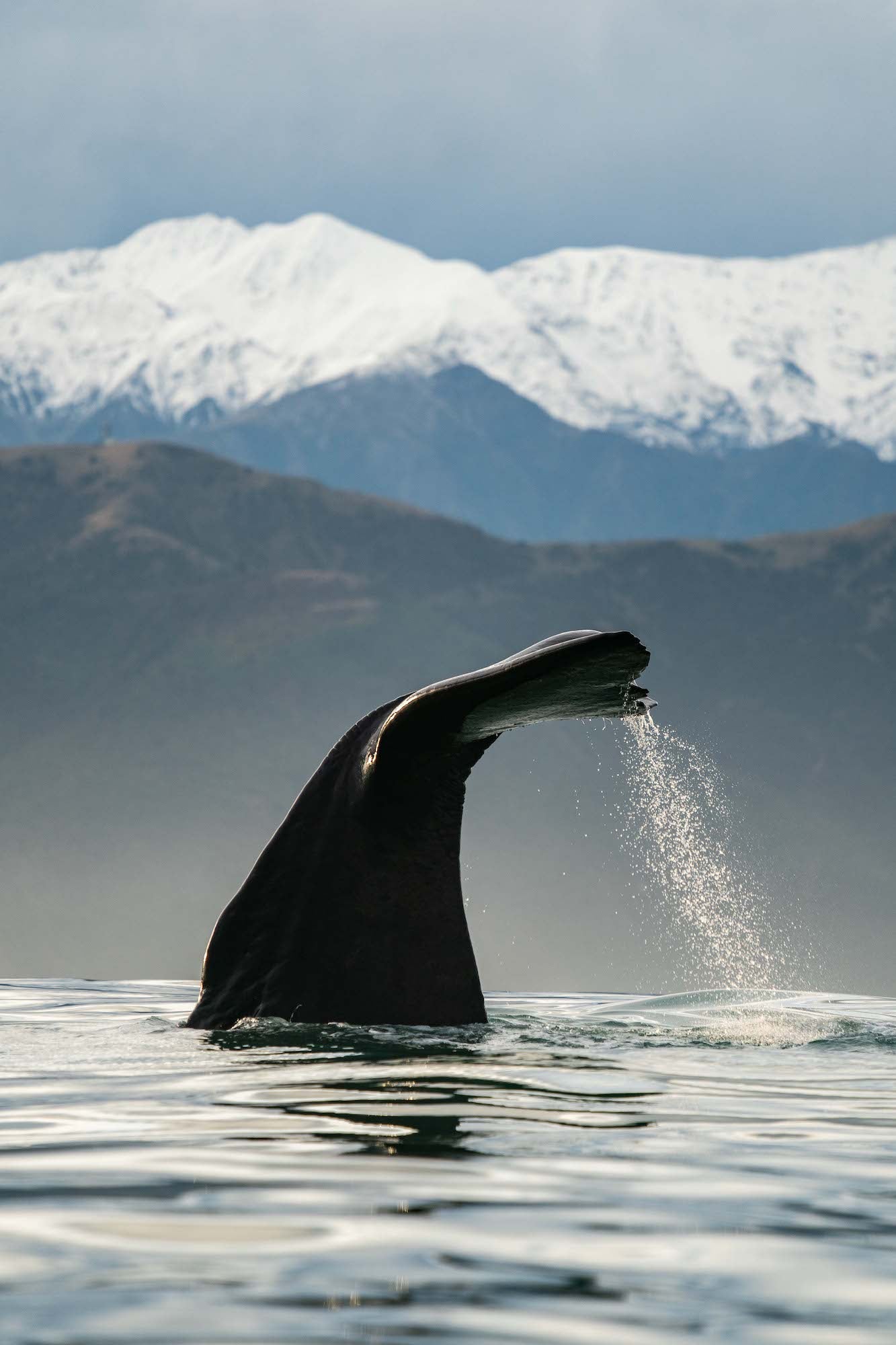
King of the Canyon. Photo by Fiona Wardle. Sony Alpha 9 II. Sony 100-400mm f/4.5-5.6 G Master. 1/640-sec., f/5.6, ISO 500
Sony Alpha 7R II: This was my first mirrorless and as a front runner at it’s time, my Sony Alpha 7R II is still found in my camera bag today. Making an early move to mirrorless for my underwater set up was a no brainer with the Sony Alpha 7R II’s super small full body frame. Over the years it has produced some beautiful underwater shots and I love the 42 megapixels, capturing incredible detail and allowing me to crop in post edit if needs be. It also performs well in low light conditions which Is important to me as I currently only shoot with natural available light underwater. I believe this shot of a whale shark is a true testament to the quality of image this camera can produce despite its age.
Since owning my Sony Alpha 9 II, I do find myself now only using this camera exclusively underwater and my aspiration is to upgrade from the Sony Alpha 7R II to the Sony Alpha 1 which can provide both the resolution and the speed for both my underwater and topside photography.
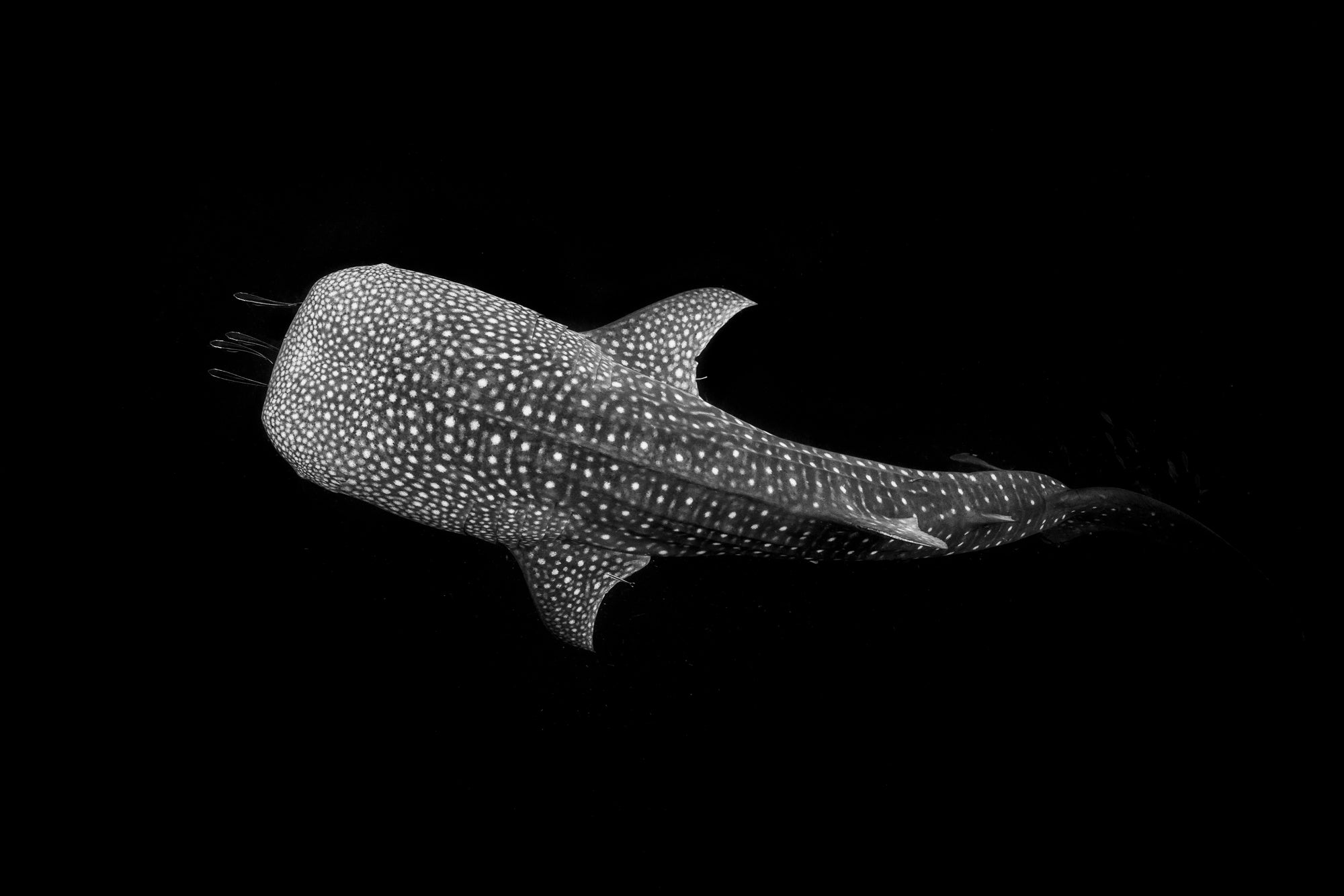
Whale Shark. Photo by Fiona Wardle. Sony Alpha 7R II. Sony 16-35mm f/4. 1/200-sec., f/7.1, ISO 800
Lenses
Sony 100-400mm f/4.5-5.6 G Master: Combined with my Sony Alpha 9 II, I have a photographer’s dream team. What’s not to love about this lens? It is fantastic for shooting any type of wildlife and is often my go to for landscapes and portraits too! However it especially comes into its own when photographing whales and dolphins out on the water. With their unpredictable behavior I need an adaptive and fast lens which can offer me the reach if needs be but also gives me the ability to pull back and capture the closer scenes that can happen in an instant, like the explosive jumps of these bottlenose dolphins! 100mm was the perfect focal length to capture this scene below, allowing for a balanced composition whilst also showcasing the beautiful colors of sunrise revealing themselves in the background. This is an image I truly believe I wouldn’t have been able to capture with another camera setup.

Dolphin Dreams. Photo by Fiona Wardle. Sony Alpha 9 II. Sony 100-400mm f/4.5-5.6 G Master. 1/1600-sec., f/7.1, ISO 800
Sony 24-70mm f/2.8 G Master: An incredibly sharp, quick, and versatile lens, it is everything you could wish for and more. The focal range allows me to document the world around me, be that a breath-taking landscape, a close encounter with wildlife or people in action, it is a story tellers dream.
It is also happens to be my favorite lens to have out on the water when kayaking. Dusky dolphins are known for their acrobatic skills and having the Sony 24-70mm f/2.8 G Master paired with my Sony Alpha 9 II allowed for a unique perspective. For a subject I spend a fair amount of time with, I am continually trying to find new and original ways to document these charismatic dolphins and using a fast wide zoom lens that can deliver corner-to-corner resolution and sharpness, is a great way to achieve this.
Fast and reliable autofocus is key when shooting subjects such as dolphins and this lens is just that! When out kayaking I am not in a position to interchange lenses. knowing the behavior of the dolphins I opted for a wider lens in the hope they would be in a friendly and acrobatic mood and it’s safe to say both the dolphin and lens delivered!
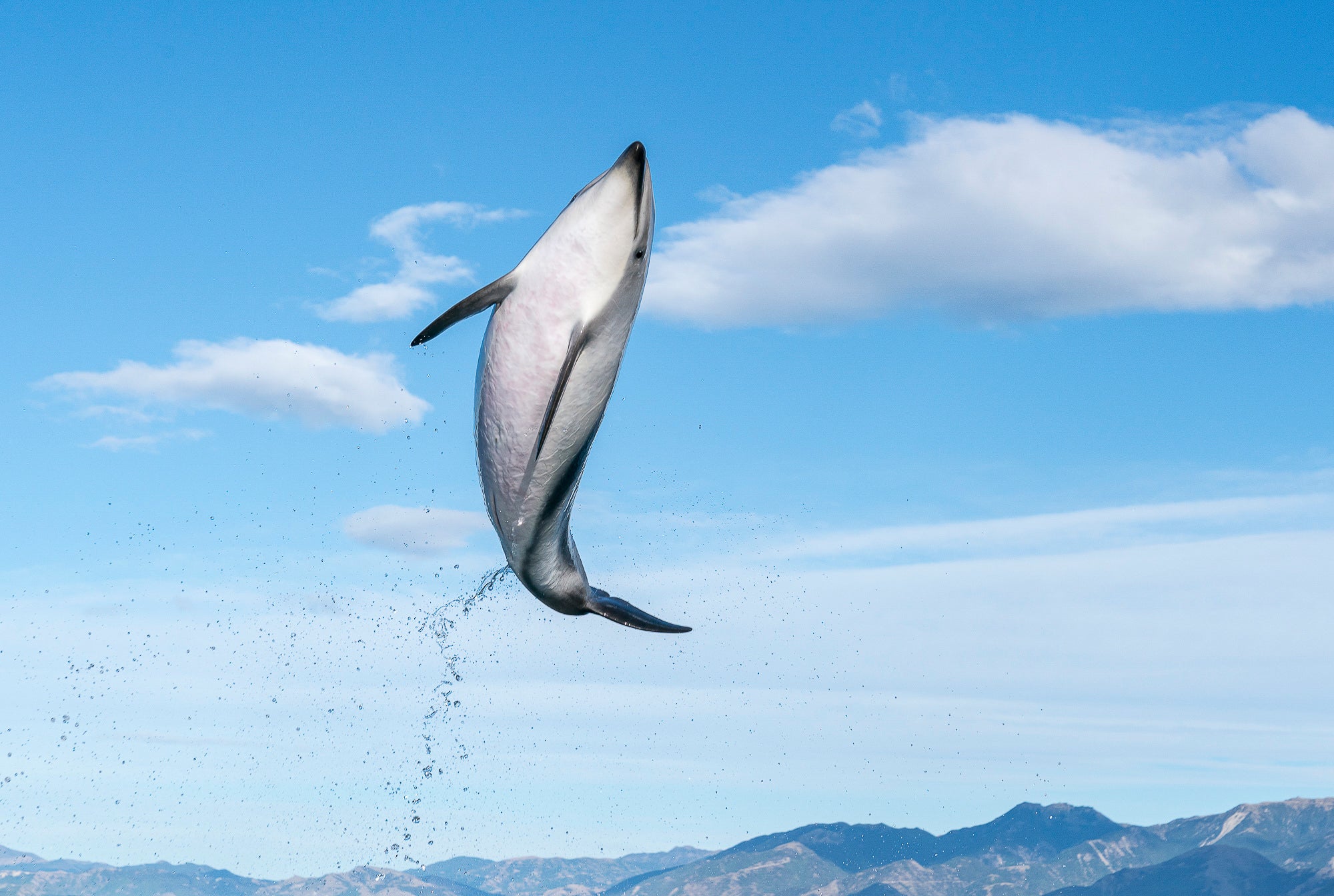
Flying High. Photo by Fiona Wardle. Sony Alpha 9 II. Sony 24-70mm f/2.8 G Master. 1/1250-sec., f/9, ISO 500
Sony 16-35mm f/4: Having an ultra-wide zoom lens for underwater is important especially when working with inquisitive mega fauna like this dusky dolphin, but the range of this lens also gives me the opportunity to shoot underwater landscapes and/or marine wildlife in their environment. It is a lovely sharp lens, with little distortion underwater even at 16mm which is of real importance to me when shooting wildlife portraits and delivers well under pressure… pun intended!
Its constant aperture also makes it ideal for the low-light environment that I often find myself in when exploring the underwater world. Dusky dolphins are known for their inquisitive nature so attempting to get deeper than them to have the ability to shoot up was a challenge in itself. Luckily I had faith in my setup allowing me to focus on my breath hold, positioning and the final composition in the image below.
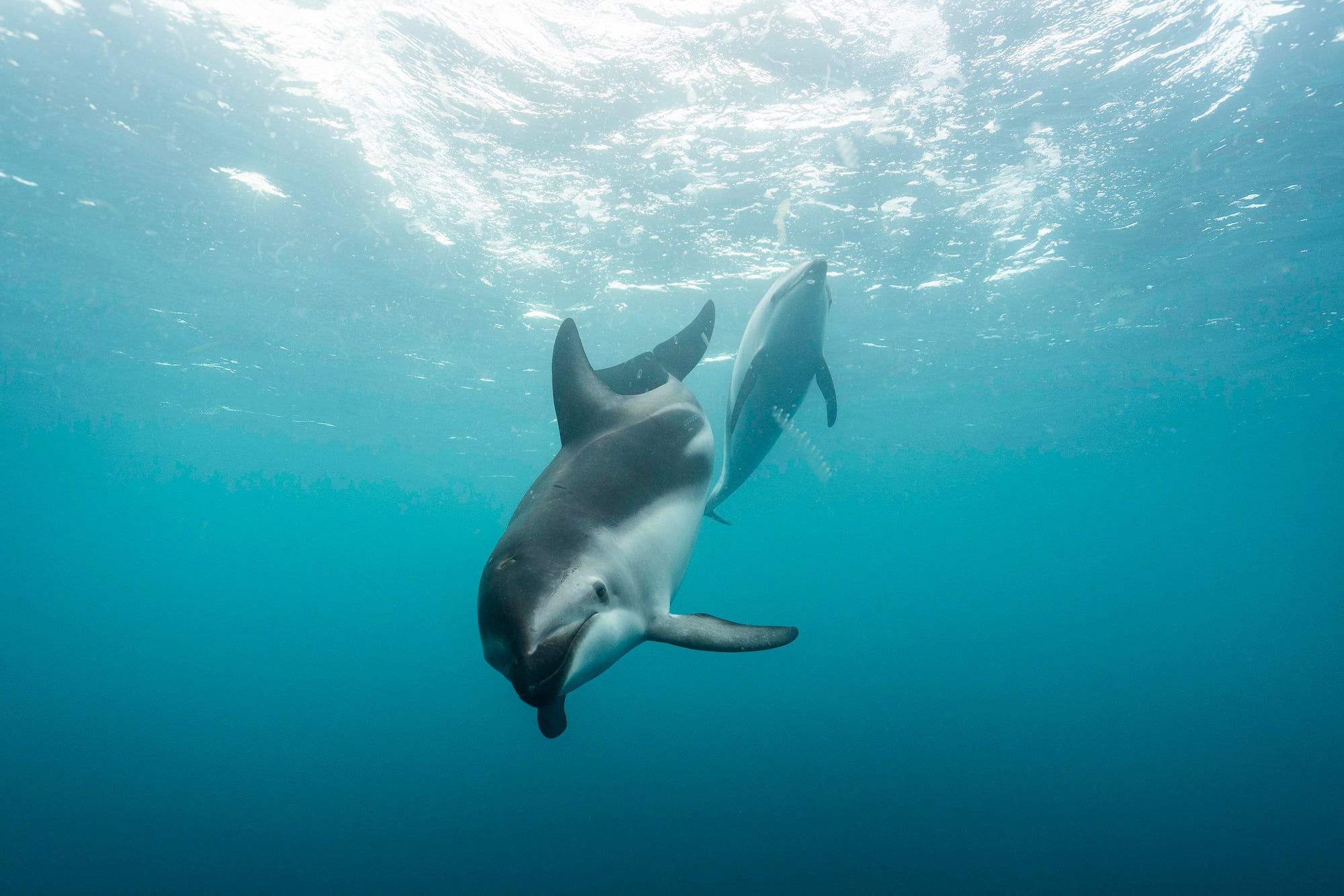
The Inquisitive Dolphin. Photo by Fiona Wardle. Sony Alpha 7R II. Sony 16-35mm f/4. 1/800-sec., f/5, ISO 800
Accessories
Nauticam Housing: Working in remote locations I need an underwater housing that I can trust. Nauticam offers some of the most ergonomic aluminum underwater camera housings out there and it gives me full control of the camera and lens with the use of zoom and focus rings as well as access to all camera features on the back plate, allowing me to take full advantage of the Sony Alpha 7R II underwater.
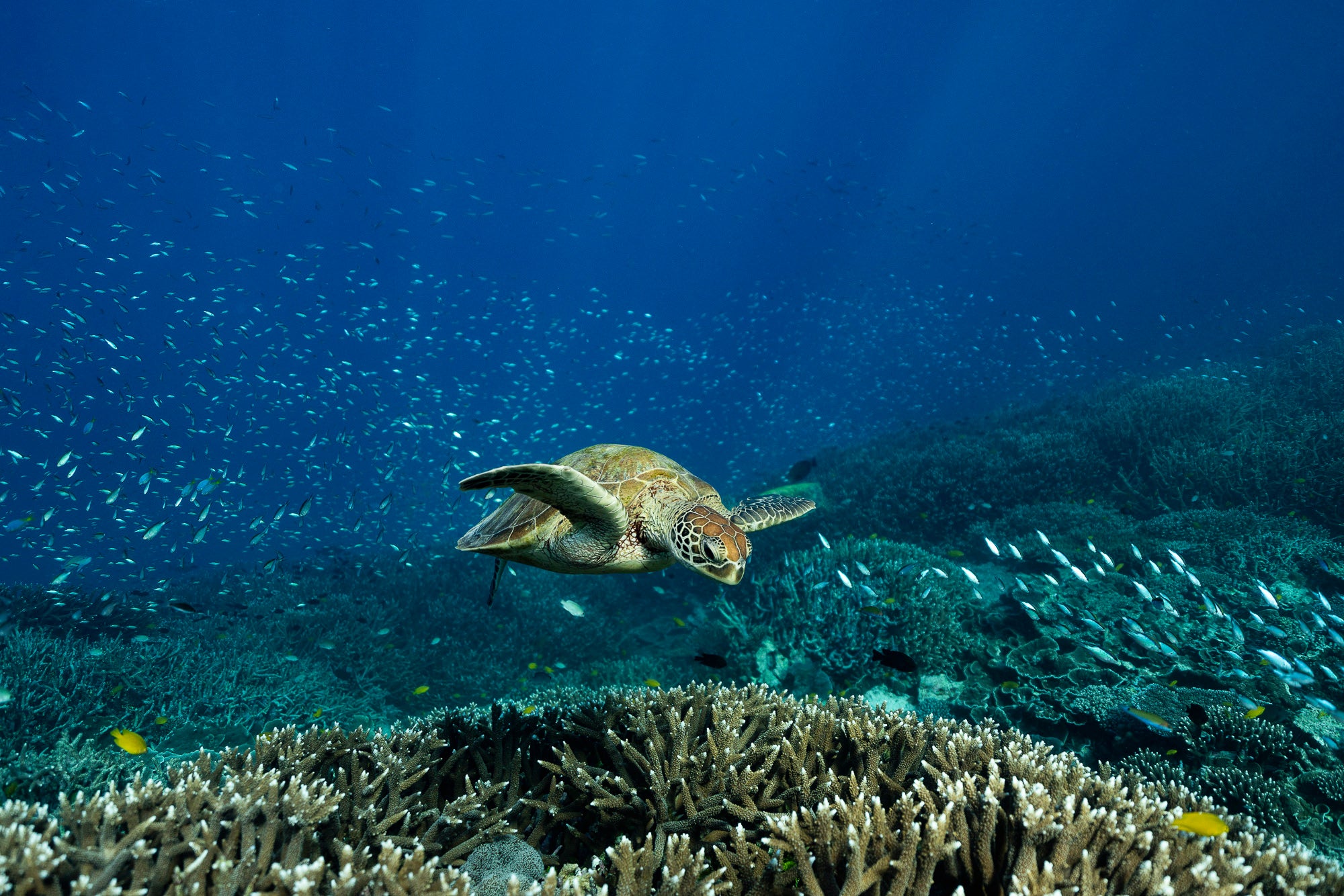
Photo by Fiona Wardle. Sony Alpha 7R II. Sony 16-35mm f/4. 1/1000-sec., f/4, ISO 640
Sony TOUGH SD Cards: After a few memory card failures with other brands I am now solely using Sony TOUGH SD Cards. They are fast as well as dust, dirt, and water resistant making them the most reliable card for a photographer who’s always working out in the field like me! You do not know despair until you’ve photographed an incredible wildlife moment and the card fails!
See more of Fiona Wardle’s work on Instagram @fi_tography and at fionawardle.com.




















